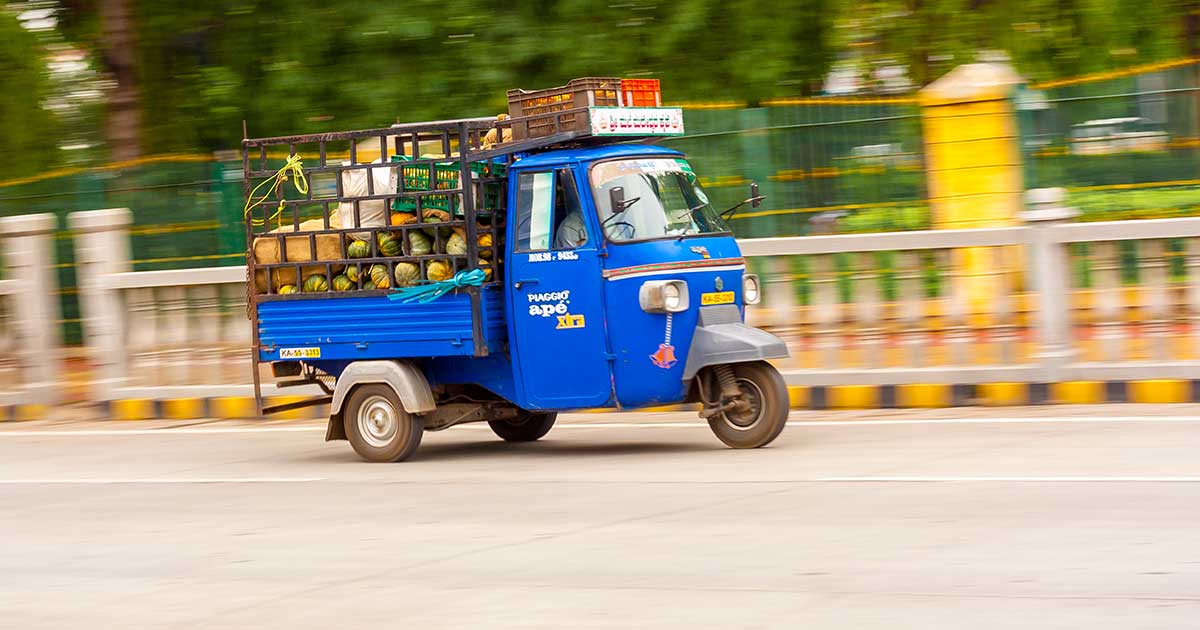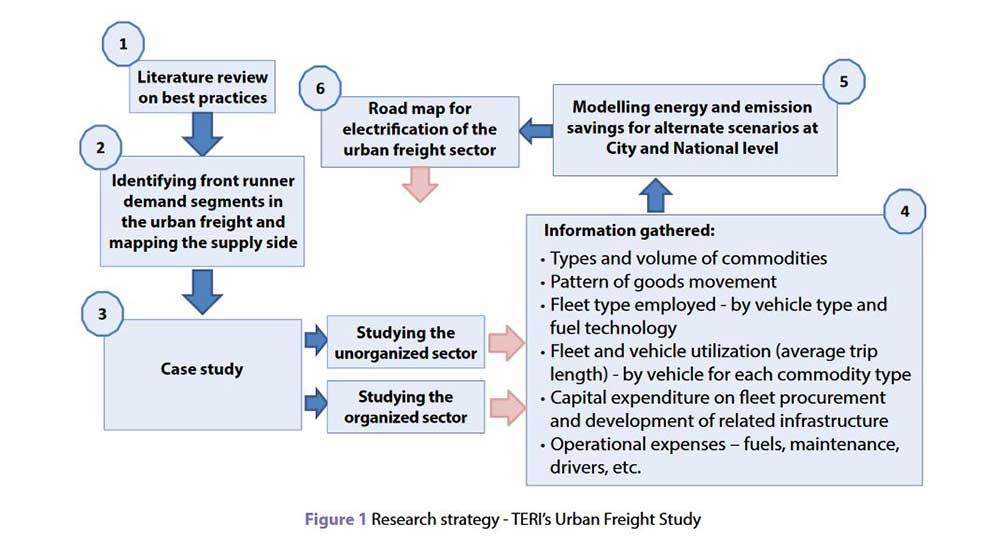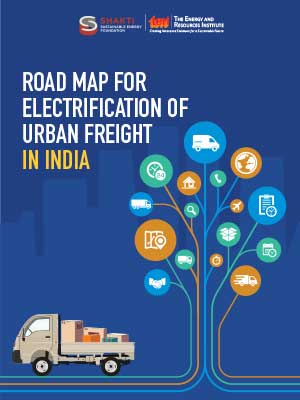Roadmap for Electrification of Urban Freight in India
Urban freight movement forms a crucial part of the urban ecosystem. It is a fundamental part of the overall transportation supply chain. Movement of goods originating from or outside the urban periphery which enters into an urban area through commercial road vehicles forms the urban freight network. Such movement is usually catered by both light commercial vehicles (LCVs) and medium and heavy commercial vehicles (M/HCVs) depending upon volume of goods carried, distance travelled, and the service area to be catered.

Objectives of the Study
- Capturing best practices (Indian and International), current scenario in the Indian context, and benefits of electrification of urban freight sector
- Potential and barriers to electrify freight transport: Case Studies of Bengaluru, Surat and Delhi
- Estimation of energy and emission savings by electrification of urban freight
- Potential areas of electrification of urban freight vehicles in the country
- Stakeholder engagement and road map for electrification of the urban freight sector

Key findings
- TERI estimates that the small commercial vehicle (3W) segment is likely to grow at a CAGR of 9% between 2021 and 2031.
- The share of 4W LCV segment is expected to be 76% of the total stock of light commercial vehicles (LCVs) by 2030.
- Majority of the LCVs are run on diesel, followed by CNG and gasoline. However, with the rising diesel prices and lower cost of e3Ws, the total cost of operation is rapidly turning in favour of EV variants.
- The share of BS-IV LCVs is low, indicating the wider use of inefficient vehicles
- EVs are increasingly being introduced in the urban freight/last-mile delivery services in India cities. Several niche organizations are operating on EV to serve their customers
- 14% reduction in CO2 emissions is attainable in the small commercial vehicle segment with higher EV penetration
- Performance of the vehicle is one of the major key concerns of drivers, which included range of the vehicle, the speed and payload carrying capacity
Key recommendations:
- Countrywide national programme for electrification of urban freight sector
- Electric freight procurement schemes for government sectors
- Integration with other government programmes
- Nationwide scrapping policy programme, with a focus on EV replacement (incentives for retrofitted vehicles as well)
- State and City-level action plans for electrification of urban freight segments
- Financial credibility framework for the manufacturers and drivers
- Favorable terms of finance for electric freight vehicle by the lending institutions
- Risk sharing mechanisms – Government, large banks and small financial institutions
- More EV variants/options for the customers (3W & 4W)
- Encourage private–public partnership by city/government agencies for plying electric urban freight vehicles
- Demarcation of EV zones, and registration, time-of-day operation and parking preferences for EVs
- EV feasibility studies required in the city-specific freight sector
- Increased awareness programmes focusing the commercial segment (include UF segment in the national/state awareness programmes)


